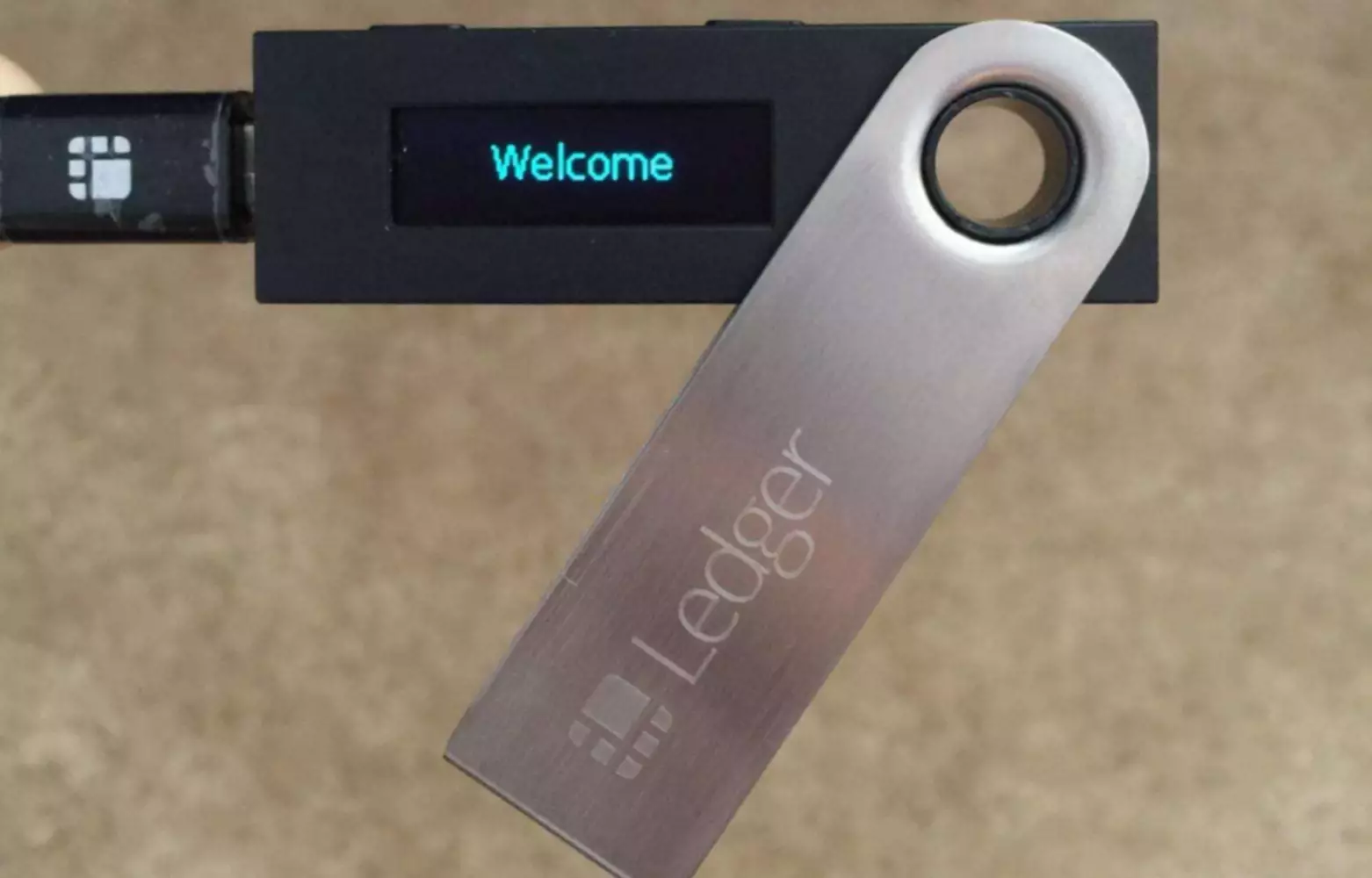23 Oct What Is Cryptography Or A Cryptographic Algorithm?
Content
Symmetric encryption is also called shared key,shared secret, and secret keyencryption. Convention reserves the term private key for asymmetric cryptography, which centers around the idea of a private key and a corresponding public key. DES first came into use in 1976 in the United States and has since been used by a variety of parties globally. DES is a block cipher based on symmetric key cryptography and uses a 56-bit key.
The protocol was designed by a committee that did not include the appropriate experts, and once the protocol went public, it did not take very long for some real experts to show that the protocol was fatally flawed. Having learned their lesson, the committee used some real experts and cryptographers to implement the replacement, called WPA. There are a large number of other well-known symmetric block ciphers, including Twofish, Serpent, Blowfish, CAST5, RC6, and IDEA, as well as stream ciphers, such as RC4, ORYX, and SEAL. ] proposed an IoT network architecture based on HE technology for healthcare monitoring systems. Despite the great potential of HE methods, computational expense may restrict the application of this method. From all the previous considerations, we can glimpse the parallelism existing between Complexity Theory and Cryptography.
Learn how Digital Trust can make or break your strategy and how the wrong solution may be setting your organization up for failure in less than three years. For general PKI security and digital signing, NIST recommends RSA because Diffie-Hellman requires more CPU power and larger data exchange for Digital Signing and SSL in particular. But there are still some uses of Diffie-Hellman in the public sphere today for example, in Elliptic Curve Cryptography.
NIST Announces First Four Quantum-Resistant Cryptographic Algorithms NIST – NIST
NIST Announces First Four Quantum-Resistant Cryptographic Algorithms NIST.
Posted: Tue, 05 Jul 2022 07:00:00 GMT [source]
Cryptography got radically more complex as computers became available, but it remained the province of spies and generals for several more decades. Encryption like this offers a fairly simple way to secretly send any message you like. With the Caesar cipher, you can encrypt any message you can think of. The tricky part is that everyone communicating needs to know the algorithm and the key in advance, though it’s much easier to safely pass on and keep that information than it would be with a complex code book.
Share
Depending on the number of bits in the encryption key, the AES algorithm performs a certain number of rounds of obscuring the input block bits. In the last two articles, we covered the basic concepts and two basic types of cryptography. In this article, we will look at specific implementation details of the most common cryptographic algorithms. It starts with the fundamental XOR function and then discusses the more complex symmetric and asymmetric algorithms in use today. It was designed to meet the requirements of the Advanced Encryption Standard competition and managed to become one of the five finalists. It has a block size of 128-bits and supported key sizes of 128, 192, 256-bits and up to 2040-bits.
Triple-DES is still used in some places, but AES has become the new standard since then. The Data Encryption Standard or DES was, and probably still is, one of the more well-known algorithms of the modern cryptographic era. DES was developed in the 1970’s by IBM and was later submitted to the National Bureau of Standards and National Security Agency . The involvement of the NSA in the design sparked controversial rumours of backdoors, creating widespread scrutiny. It wasn’t until 1976 that DES was approved as a cryptographic standard and published in FIPS. Integer factorization based public-key algorithms are used for key establishment schemes where one party always has and uses a static key pair, while the other party may or may not use a key pair.
Therefore, the input message is first padded to make sure that it will completely fit in “n” number of 128-bit blocks. Fast forward several hundred years in the digital world, where even currencies are digital. This is where the algorithms described in the previous section come to the rescue, to help us artificially control the currency circulation and allows us to have a unified way of reaching an agreement. Symmetric-key cryptography – Both sender and receiver share a single key and the sender uses this key to encrypt plaintext.
Secure Hash Algorithm There are several variations on this algorithm, including SHA1, SHA256, SHA384, and SHA512. The differences between them lie in the length of the hash value. SHA was created by a cooperative effort of two U.S. government agencies, NIST and the National Security Association . After this general discussion, the natural path we recommend is that of studying the individual algorithms.

DES can operate in several different block modes, including Cipher Block Chaining , Electronic CodeBook , Cipher Feedback , Output Feedback , and Counter Mode . Each mode changes the way encryption functions and the way errors are handled. The article concludes with a review of how an asymmetric key algorithm can be used to exchange a shared private key. This enables the use of faster symmetric key algorithms to exchange bulk-encrypted data without developing elaborate key exchange systems. Cryptographic algorithms are what brings the crypto into cryptocurrency. Those algorithms are used when encrypting and decrypting your private address to a public address.
Symmetric
Math created the algorithms that are the basis for all encryption. And encryption is the basis for privacy and security on the internet. With that being said, algorithms have to be built to work against computers.
Threefish was heralded for its speed; Threefish-512 can encrypt data at 6.1 block cycles per byte on a 64-bit machine. Blowfish is a symmetric block cipher built by Bruce Schneier as a replacement to DES and IDEA. It takes variable key sizes from What Is Cryptography 32-bits to 448-bits, 64-bit block size and 16-rounds and was one of the first unpatented and license free block cipher . Serge Vaudenay, the French cryptographer found a way to use weak keys in a plaintext attack to recover 14 of the 16 rounds.
Ai Enters The Verification Stage Of Chip Design
To understand 3DES, a description of the original DES is first shown in Figure 6. SHA-1 is being phased out and isn’t recommended for any new designs. It’s not possible to generate the same hash value using two different input values. https://xcritical.com/ Whether you’d like to gain knowledge on cybersecurity for your personal use or your new career, you can sign up for a beginner lesson to provide you with a fundamental insight into the prevailing scene of data security.
- Encryption is essentially important because it secures data and information from unauthorized access and thus maintains the confidentiality.
- For example, the hashing function md5 will return a 32-character output, regardless of what the input is.
- Because Evy altered the plain text, the result of the decryption will be the original plain text as an error.
- •Failing to use cryptography when cryptographic security is a viable option.
- The history of cryptography finds its roots in Egypt around 4000 years ago.
The following illustration shows the same secret key and symmetric algorithm being used to turn ciphertext back into plaintext. 3DES is a symmetric-key block cipher which applies the DES cipher algorithm three times to each data block. The official name as used by NIST is the Triple Data Encryption Algorithm . Specific security services can be achieved by using different cryptographic algorithms. Often, a single algorithm can be used for multiple services.
A brute force attack or a dictionary attack as it’s also known is a trial and error method of obtaining the private key of an encrypted packet of data. The trial and error is done by a computer so the higher the computational power, the more “tries” it can have in a short space of time. As computing power and performance increases, the ability to find the private key increases, unless you increase the length of the key so that a higher number of possibilities exist.
An important aspect of those algorithms is its non-reversibility. Cryptographic algorithms are also what controls the difficulty of the blockchain by making it harder or easier to reach a consensus on the network. Cryptographic algorithms are made up of one, two or more hashing functions. Samuel first converts a readable message or Plain text into a series of digits using various cryptographic algorithms to protect the message.
What Are Sql Injection Attacks And How To Prevent Them?
Leading to an increase in the frequency of data breach instances, it has become more crucial. In this blog, we’ll take a replacement look into ‘What is cryptography’ and the use of digital signatures in cryptography would be the shield to protect personal data. Let’s say there is a smart guy called Eaves who secretly got access to your communication channel.
To solve this problem and pertain consensus at least two-thirds + 1 of the generals should be loyal to keep the consensus amongst everyone. Back to blockchain world – to say a system possesses The Byzantine Fault Tolerance means a system can function properly in the event of failure or disparity of information and remain in consensus. The majority of the methods and techniques for secure communication are provided by cryptography. Historically, cryptography has been extensively used during military applications to keep sensitive information hidden from enemies. To connect with his generals on the battleground, Julius Caesar used a simple shift cipher. Now that we understand what cryptography is, let us learn how cryptography aids in the security of messages.
The basic idea behind a SHA function is to take data of a variable size and condense it into a fixed-size bit-string output. Consensus algorithms are in the core of cryptocurrencies and allow the network to remain decentralized but at the same time continue to be fair. There are several consensus algorithms out there, all serving different purposes and most importantly having different criteria by which they decide how to reach a consensus. By now, you might be asking yourself, but why do we need algorithms at all. Cryptography is now being used to hold confidential data, including private passwords, secure online.
Asymmetric Algorithms
Protocols for key establishment specify the processing that is needed to establish a key along with its message flow and format. Key confirmation provides assurance between two parties in a key-establishment process that common keying materials have been established. An approved hash function may also be used for computing a MAC.

In later chapters, we will look at some ways to do exactly that by picking apart protocols and finding what it is that we really need. The hash function cannot be “reverse-engineered”; that is, you can’t use the hash value to discover the original data that was hashed. Thus, hashing algorithms are referred to as one-way hashes. A good hash function will not return the same result from two different inputs ; each result should be unique. Hashing is a technique in which an algorithm is applied to a portion of data to create a unique digital “fingerprint” that is a fixed-size variable. If anyone changes the data by so much as one binary digit, the hash function will produce a different output and the recipient will know that the data has been changed.
Secure, Flexible And Global Signing
However, as we mentioned, the P NP assumption is not sufficient for a cryptographic protocol. The reason is due to the fact that this inequality is relative to the worst case. Intuitively, reducibility provides an idea of equivalence between problemsfrom a complexity point of view. If we approach the problem in a naive way, trying to build all possible paths, we immediately realize that the problem becomes intractable even for modest numbers.
Once it got out to the sci-crypt newsgroup, it was quickly broken by Bob Jenkins. MARS supports 128-bit blocks and variable key sizes on a number of core and mixed rounds providing strong resistance to cryptographic attack. Critics suggested that subkeys with long runs of ones and zeroes may have led to an easy and effective attack on MARS.
The Egyptians used hieroglyphics, the oldest cryptography technique, to communicate with each other. Later, in 500 BC, the technique was modified by replacing the characters with alphabets based on some secret rule known to only a few. This rule came to be known as the key to decipher hidden codes or messages.
Sign Up For Updates From Nist
RC6, like RC5, uses data-dependent rotations, modular addition and XOR operations. The algorithm was not chosen because the RSA Security website suggested that the algorithm was not yet royalty free. An encryption scheme is called symmetric if it uses the same key to both encrypt and decrypt a message. Technically, the encryption keye and decryption key d don’t have to be exactly the same. All that’s required is that it’s computationally trivial to determined when you know e ande when you know d. However, in most practical symmetric encryption schemes, e andd are the same.
Digital Signature In Cryptography
Comments about specific definitions should be sent to the authors of the linked Source publication. For NIST publications, an email is usually found within the document. A .gov website belongs to an official government organization in the United States.



